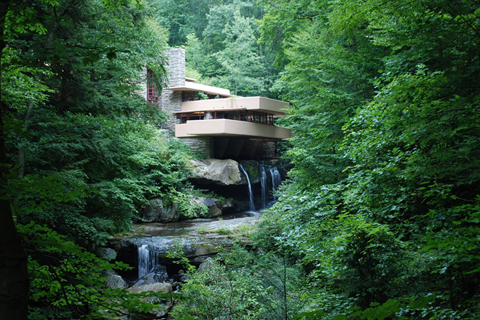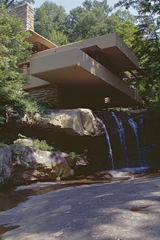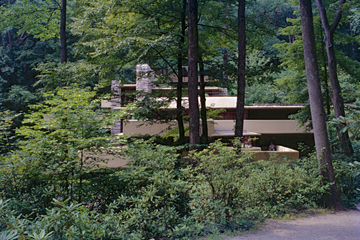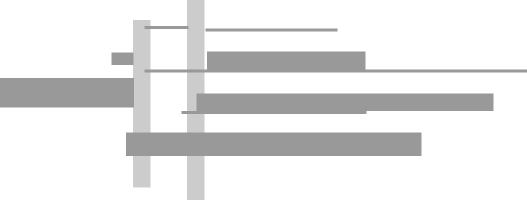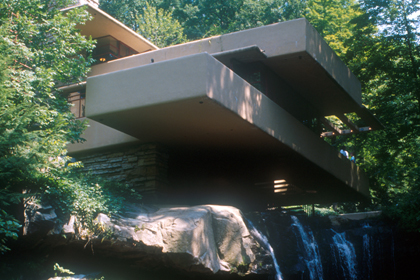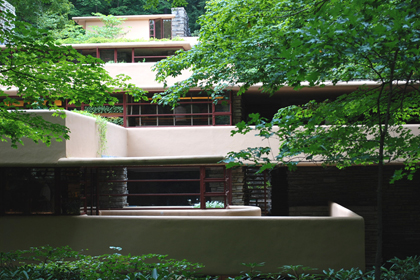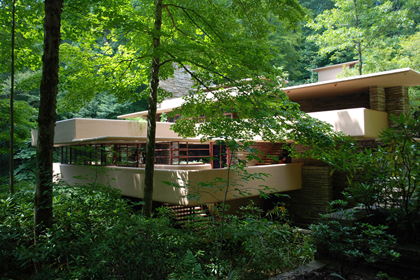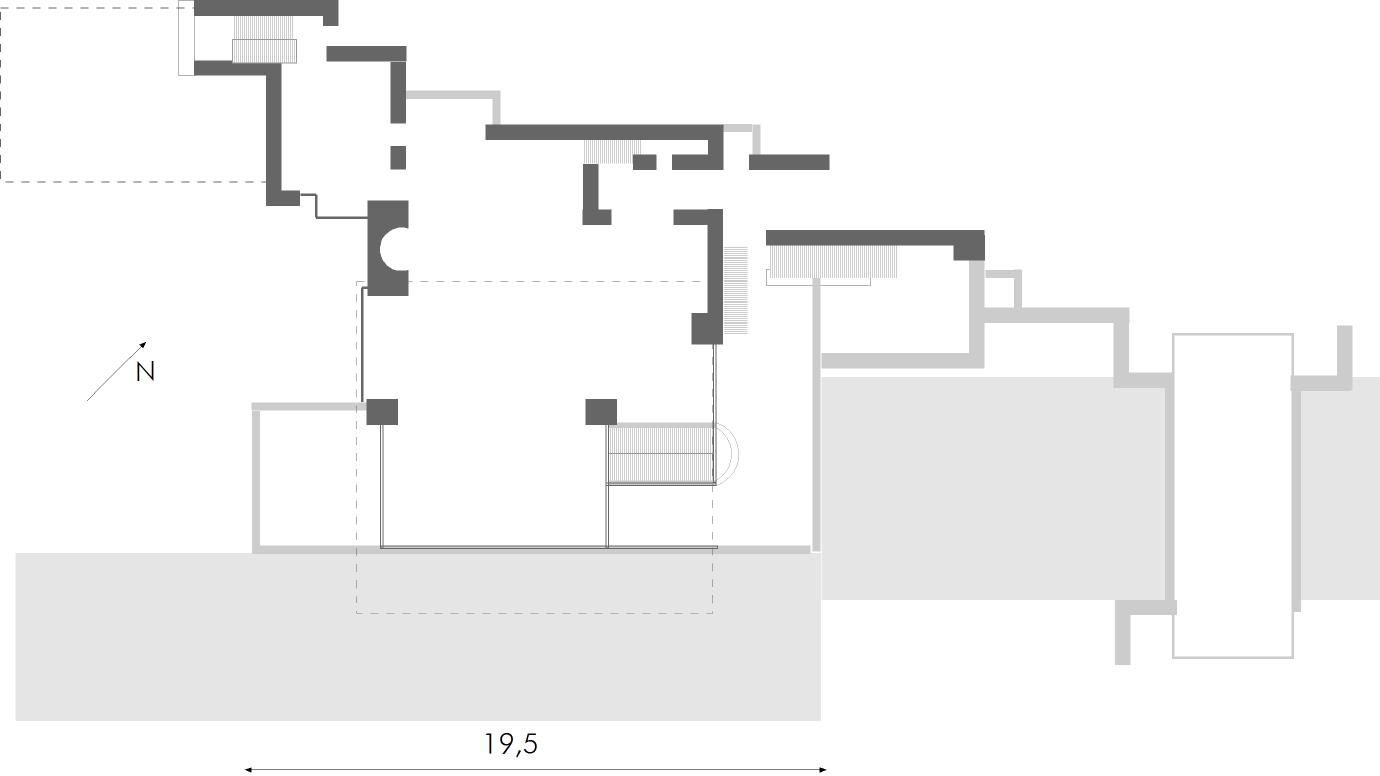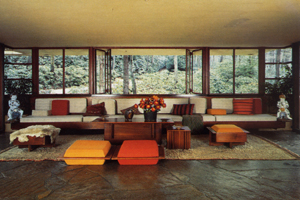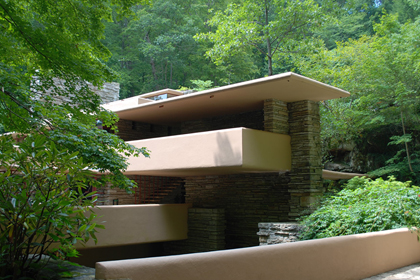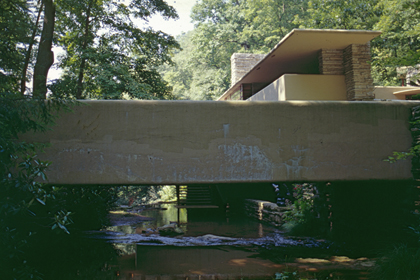FRANK LLOYD WRIGHT, KAUFMANN HOUSE, BEAR RUN 1939
"All the vertical elements are constructed of native stone (…) to give a more sculptural quality (…) All horizontal elements are poured concrete." B. Pfeiffer, 1991
"A work of Architecture is a great coordination with a distinct an vital organism, but is no sense naturalistic - it is the highest, most subjective, conventionalization of Nature known to man, and at the same time it must be organically true to Nature when it is really a work of Art." F.L. Wright, 1920
"he may even have adopted the subtle position of a corrective to the ‘box architecture’ of the International Style, by demonstrating how floating horizontals might create a vital, life enhancing space." W.J.R. Curtis, 1982
"affrancandosi da qualsiasi residuo rinascimentale, ripropone la tridimensionalitŕ in chiave anti prospettica innescando una pluralitŕ di visioni angolari; scardina l’involucro in setti alla maniera De Stijl, rassembrandoli non in un altro involucro piů sofisticato, ma in un campo che agglutina il paesaggio." B. Zevi, 1950
"The spaces around the waterfall and the screens of the trees were drawn into the building, nature and art were made reinforce one another." W.J.R. Curtis, 1982
